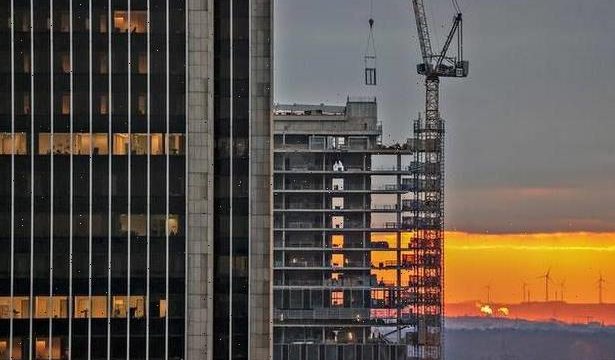In 2022, there are many expectations for the road ahead. By Shrinivas Rao
2021 saw a fair amount of traction across most asset classes, barring the second quarter of the year. As we step into 2022, there is cautious optimism governing the real estate market, given the threat of the Omicron variant looming large on the horizon. Nonetheless here are some key expectations for the period.
The new perspective on work
The pandemic having triggered shifts in several conventional modes of operation, the workplace was elevated from being merely functional to being more experiential and meaningful. In the new year, with expected containment of the pandemic and the imminent return of the workforce to offices, it would be critical to understand the role and purpose of the office space.
Factors involving office design and densities would have to be actively re-assessed.
While most organisations are still trying to figure out the optimum density for workspaces and the appropriate ratios, workplaces would understandably undergo considerable adjustments in how they are designed, operated and the type of services they would provide in the coming times.
Rise in flexible workspaces
Office spaces are expected to rearrange into a hub-and-spoke model that would eventually give rise to the demand for managed/flexible office spaces.
As part of occupiers’ agile yet cost-effective strategies, such workspaces are increasingly being viewed as a measure of viable business continuity plan.
A major advantage is that they give organisations access to a fully equipped premises without having to invest in a long-term lease commitment.
It also lends greater flexibility as market conditions shift, allowing organisations to increase or decrease headcount with ease.
Warehousing sector
The warehousing sector, with ongoing modernisation and infrastructure development efforts, is expected to play a more prominent role in the revival of the economy.
With investors, today, looking for an alternative asset class beyond commercial offices and shopping malls, this sector holds prospects of substantial interest, one of the primary reasons being the fast-paced growth of e-commerce in the country.
This, coupled with factors such as increasing digital penetration, rising consumerism and growing aspiration levels of people, translates into increased demand for warehousing space – thereby proving to be a viable investment option in 2022.
Positive momentum in residential market
The residential market witnessed positive traction in 2021, buoyed largely by pent-up demand and conducive government initiatives. In the new year, taking cue from the work-life constraints brought by the pandemic, modern home buyers will veer more towards residential projects that offer a well-balanced lifestyle.
Sales momentum is expected to continue in 2022 with buying preferences tending towards larger unit sizes, provision of open spaces and better amenities.
Data centre growth
The data centre industry is set to continue its growth momentum in 2022, as well.
Given their increasing significance, data centres hold vast potential as an alternative real estate asset, especially when it comes to large infrastructure investors who are looking at long-term-yield income.
The impending surge in the demand for data centres, combined with the inclination of major construction players to dabble in this rising sector, will lead to further noteworthy developments in India in 2022.
Government support
Although the government has taken proactive steps to support the sector during these challenging times, such as implementing stress funds and stimulus packages, further reforms are needed to help the sector expand. It would be difficult to sustain the demand in real estate without adequate government support, thus necessitating the accordance of industry status to the sector.
Sustainable development
Climate change is now being recognised as a pertinent factor that has a significant social impact. With India committing to net zero carbon emissions by 2070, we expect an increase in green financing in the real estate sector in the new year. The fact that built environment accounts for a significant 40% of all energy-related CO2 emissions, requires the real estate community to invest more capital in the climate tech ecosystem.
With the country’s economy coming out of the pandemic-induced de-growth, the real estate industry will continue to strive towards its journey of achieving normalcy, taking in its stride several new methods of progression. Thus, altogether, the year 2022 is expected to witness a stable recovery, provided Omicron variant does not cause any further major disruptions.
(The author is CEO-APAC, Vestian)
Source: Read Full Article
